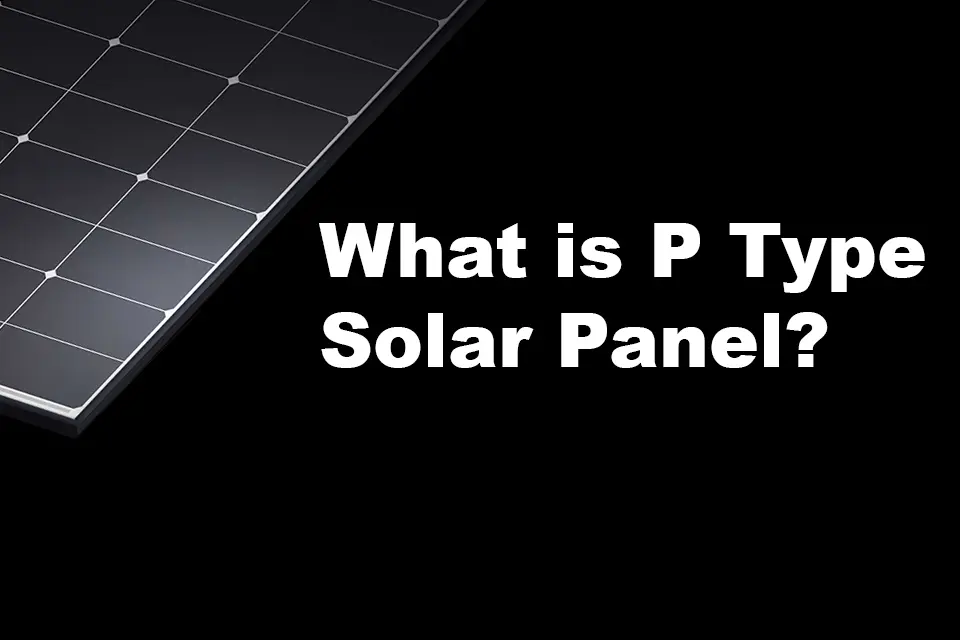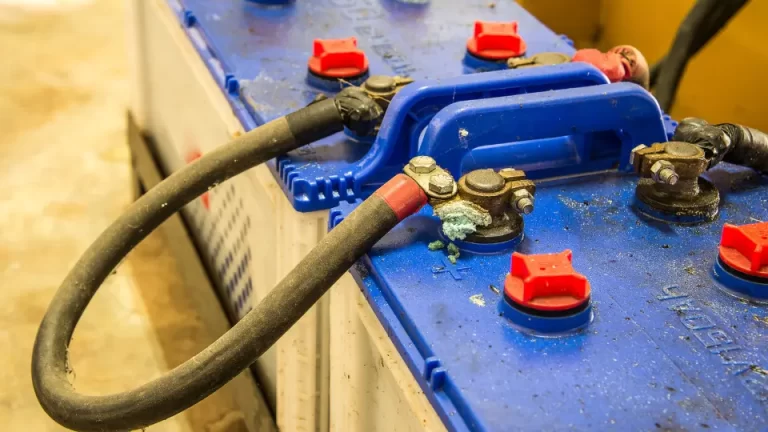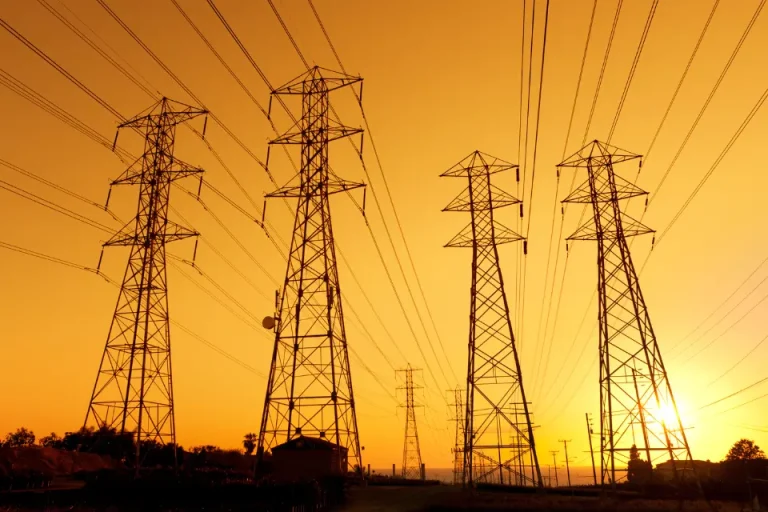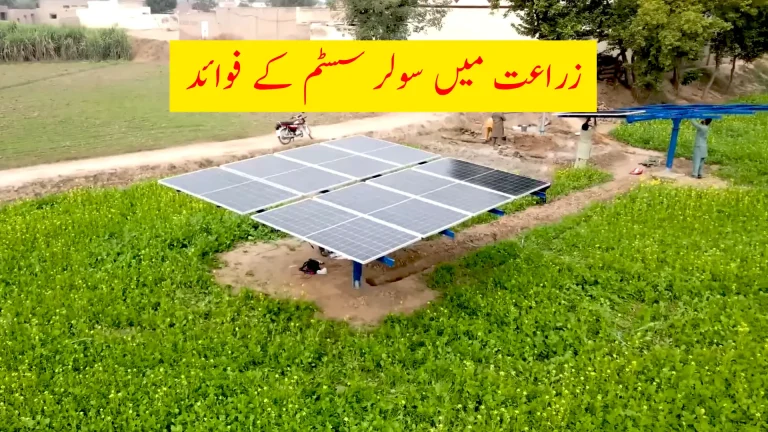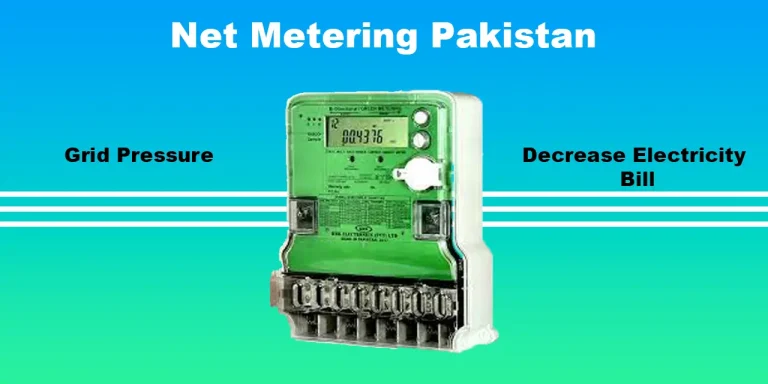What is P Type Solar Panel? Harnessing the Power of Photovoltaics
In the ever-evolving world of solar energy, P type solar panels have emerged as a crucial player, What is P Type Solar Panel? contributing to the widespread adoption of photovoltaic technology. As the demand for clean and sustainable energy continues to rise, it becomes imperative to comprehend the intricacies of solar panels, with a particular focus on P type solar panels and their role in transforming sunlight into electricity. If you want to know the daily price of solar panels in Pakistan.
What is P Type Solar Panel?
The Basics Technology of P type Solar Panels
The specifics of P type solar panels, it’s essential to grasp the fundamentals of solar technology. Photovoltaic (PV) panels, another name for solar panels, are gadgets that use sunlight to generate electricity. The photovoltaic effect, which occurs when semiconductor materials absorb photons from sunlight and produce an electric current, is the basis for this process.
The Benefit of P Type solar panels
P type solar panels are classified as a particular kind of solar cell based on the kind of semiconductor material that was used to make them. In this context, “P-type” refers to the positive or “hole” carriers within the semiconductor. The most common material employed in P-type solar panel is silicon. You can also know difference between N-type vs. P-type solar panels.
1. Silicon Dominance
Silicon, a semiconductor with excellent electrical properties, is the cornerstone of P type solar panels. These panels are predominantly made using monocrystalline or polycrystalline silicon, both of which exhibit high efficiency in converting sunlight into electricity.
2. Crystal Clarity: Monocrystalline vs. Polycrystalline
a. Monocrystalline Silicon Panels: Single-crystal structure for enhanced efficiency. Greater space efficiency, making them suitable for installations with limited space. Higher upfront cost offset by improved performance.
b. Polycrystalline silicon panels have more than one crystal structure, which reduces their efficiency in comparison to monocrystalline silicon panels. Economical option with a lower production cost. Slightly larger space requirement per watt generated.
Paving the Way for Efficiency
P-type solar panels are celebrated for their higher efficiency compared to N-type (negative carrier) solar panels. Various factors contribute to the effective conversion of sunlight into electricity.
1. Reduced Rates of Recombination P-type
Silicon exhibits lower recombination rates, meaning there is less chance for the generated electrons and holes to recombine and lose their energy before contributing to the electric current. This characteristic enhances the overall efficiency of P-type solar panel.
2. Improved Carrier Lifetime
The longer carrier lifetime in P-type solar cells ensures that the charge carriers have more time to traverse the semiconductor material, contributing to a more significant electric current. This increased carrier lifetime is a key factor in the enhanced performance of P-type panels.
3. Lower Temperature Coefficients
P-type solar panel generally have lower temperature coefficients compared to N-type panels. It implies that their efficiency is less affected by increases in temperature, ensuring a more consistent performance in varying environmental conditions.
Applications of P-Type Solar Panel
The versatility of P-type solar panel extends to various applications across the solar energy landscape. Their effectiveness and dependability make them the go-to option in:
1. Solar installations for homes.
Since P-type solar panels are highly efficient in terms of space and power production, they are frequently utilized in residential solar installations. Urban areas can benefit greatly from homeowners because they can optimize their electricity generation even with a small amount of rooftop space.
2. Business and Manufacturing Initiatives
Large-scale solar projects, including commercial and industrial installations, often rely on P-type solar panel to meets their energy demands. The higher efficiency of these panels ensures optimal energy production for businesses and industries.
3. Solar Farms
In solar farms where vast expanses of land are dedicated to harnessing solar energy, P-type solar panel play a pivotal role. Their efficiency contributes to the overall output of these solar farms, making them a reliable choice for utility-scale projects.
Overcoming Challenges
While P-type solar panel offers numerous advantages, it’s crucial to acknowledge certain challenges associated with their production. The manufacturing process involves doping silicon with certain impurities to create the P-type characteristics, which can introduce complexities. Additionally, the cost of manufacturing high-quality P-type panels can be relatively higher.
Conclusion: Paving the Path to a Solar-Powered Future
P-type solar panel stand as a testament to the remarkable advancements in solar technology. Their effectiveness, dependability, and adaptability make them a key player in the shift to clean and sustainable energy sources.
As technology continues to evolve, P-type solar panels are likely to play an even more prominent role in shaping the future of solar energy. It is becoming more and more important to comprehend the subtleties of P-type solar panel as the world comes to appreciate the advantages of renewable energy.
Whether you are a homeowner looking to invest in solar energy or a business exploring sustainable solutions, P-type solar panel represent a key player in the dynamic field of photovoltaics, bringing us one step closer to a solar-powered future.
